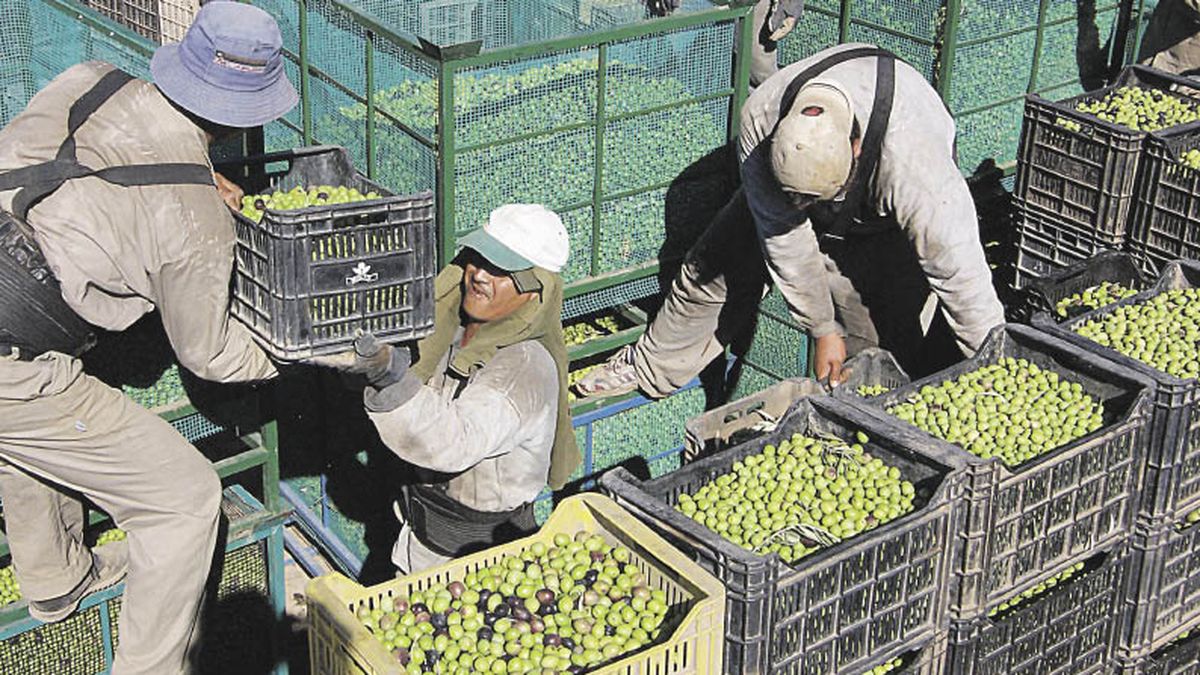Regarding the volumes exported, in the period under analysis, the regional economies reached 6.6 million tons exported, which represents 3.1% more than in the previous period (September 2020-August 2021). Of the 31 sectors analyzed, the complexes lead: corn with 12.2% of the volume, followed by peanut with 11.7%, vegetables with 10.8%, citrus with 8.6% and wine with 7.9%. In the last 12 months, these 5 complexes explained 51.2% of the exports in volume of the country’s regional economies.
Regarding the activities that grew the most in dollars, the egg products complex stands out in first place, a sector that exported US$12.5 million, showing an increase of 88% in the last 12 months. The key fact is that it was the activity that had the greatest growth. In second place, the cotton complex stands out with a growth of 59.8%, achieving exports for US$225.9 million. This is followed by the sunflower complex with a growth of 44.1%, which exported US$34.5 million. Finally, the corn complex exported US$202.5 million in the last 12 months, representing 38.9% more than the previous period.
The data that CAME and the Government look ahead is that in the last 12 months, of the 31 productive complexes analyzed, 20 showed growth and 11 showed falls (in dollars). Precisely the work agenda for the remainder of the year and with a long-term vision of the Secretary of Agriculture will be to support those sectors of the regional economies that did not grow in shipments or income or that directly work with negative margins.. It is that the Russia-crania conflict changed the map of world trade and that also directly influences regional economies.
The Secretary of Agriculture, Juan José Bahillo, announced that each of the regional economies is being studied to identify strengths and weaknesses, and from there begin to draw a roadmap with concrete measures for the sector.
came bahillo.jpg
The leaders and referents of the regional economies of CAME and producers met with Bahillo to establish a common work agenda
In this framework, last week Bahillo received the leaders of Regional Economies of CAME and after the meeting there were several points to be analyzed by the official. “When addressing the state of the situation of the different production complexes, problems such as the lack of labor for seasonal tasks were highlighted, which continues despite the compatibility of social plans with registered rural work; the importation of products such as yerba mate, even though there is sufficient stock to supply the domestic market; the lack of inputs and the daily price increases in dollars, as there is no single exchange rate; and concern about the draft Wetlands Law, which involves practices that have not been previously agreed upon with all productive actors. To resolve these inconveniences, the producers proposed incorporating the beneficiaries of the Food Benefit into the compatibility -considering the proximity of the harvest of many regional products-; implement a system of Non-Automatic Licenses for all regional economies, achieving the commitment of the officials of the Agriculture portfolio to streamline the SIMI; order the macroeconomy and consider a single exchange rate; and participate in the debate on the Wetlands Law, since regional productions can be developed in a friendly way with the environment and society”, they detailed from the entity.
Source: Ambito
David William is a talented author who has made a name for himself in the world of writing. He is a professional author who writes on a wide range of topics, from general interest to opinion news. David is currently working as a writer at 24 hours worlds where he brings his unique perspective and in-depth research to his articles, making them both informative and engaging.




